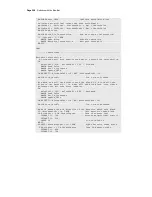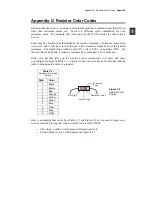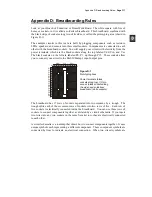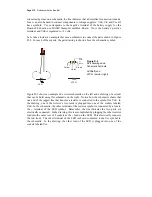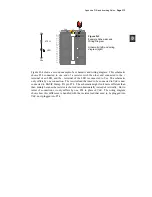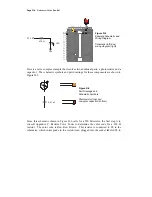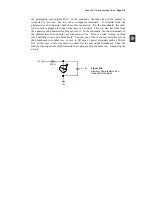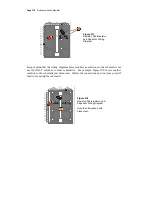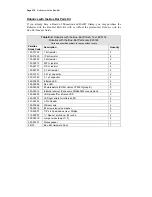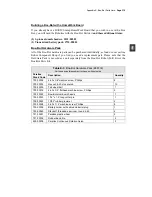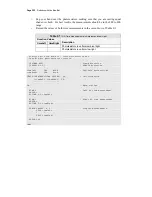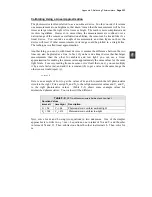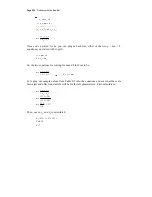
Appendix C: Resistor Color Codes
· Page 309
Appendix C: Resistor Color Codes
Resistors like the ones we are using in this student guide have colored stripes that tell you
what their resistance values are. There is a different color combination for each
resistance value. For example, the color code for the 470
Ω
resistor is yellow-violet-
brown.
There may be a fourth stripe that indicates the resistor’s tolerance. Tolerance is measured
in percent, and it tells how far off the part’s true resistance might be from the labeled
resistance. The fourth stripe could be gold (5%), silver (10%), or no stripe (20%). For
the activities in this book, a resistor’s tolerance does not matter, but its value does.
Each color bar that tells you the resistor’s value corresponds to a digit, and these
colors/digits are listed in Table C-1. Figure C-1 shows how to use each color bar with the
table to determine the value of a resistor.
Table C-1:
Resistor Color Code
Values
Digit
Color
0 Black
1 Brown
2 Red
3 Orange
4 Yellow
5 Green
6 Blue
7 Violet
8 Gray
9 White
First Digit
Second Digit
Number of Zeros
Tolerance
Code
Figure C-1
Resistor Color
Codes
Here is an example that shows how Table C-1 and Figure C-1 can be used to figure out a
resistor value by proving that yellow-violet-brown is really 470
Ω
:
•
First stripe is yellow, which means leftmost digit is a 4.
•
Second stripe is violet, which means next digit is a 7.




